Spotting And Preventing Dog Abuse Around You

Despite the love many pets receive, dog abuse still quietly persists in our communities, often going unnoticed or unaddressed. It’s heartbreaking to think about, but awareness is the first step toward change. Here is a list to help you fight against dog abuse by helping you identify it and prevent it. Let’s start by showing you signs that point to dog abuse.
Physical Injuries

Violence towards dogs commonly results in physician injury. These injuries are sometimes found in places where the dog is unlikely to have been hurt in accidents, like its head or torso. You may not see the wounds, but you may notice that the dog flinches or shows pain when touched.
Emaciation

While a dog may be underweight due to illness, neglect, or insufficient food, intentional starvation by its owner can also lead to emaciation. This is terrible for the dog, as lethargy from starvation will reduce its ability to enjoy life, and this lack of food can lead to serious health problems.
Poor Coat Condition

Bald patches and excessive shedding may indicate poor health, neglect, or medical conditions that require veterinary attention. The dog may also appear constantly dirty because its family doesn’t bathe it regularly, or its fur may be matted because it isn’t groomed.
Fearful Behavior

Have you ever seen a dog act fearfully, maybe by cowering or trembling, when its owner approaches it? Or one that is overly submissive—signaled by tail tucking, fearful urination, etc.? That may be the dog’s response to abuse. Some dogs may be naturally timid, but constant fear may mean something is wrong.
Aggression

When you see dogs growling, snapping, and biting unprovoked, it can be safe to assume that it’s a defensive response to the abuse they face. They may feel that others are also threats and will want to inflict pain or injury on people before they do it to them.
Excessive Barking or Whining

Do you know that if a dog barks, whines, or howls continuously, it could be a sign of distress? The dog could be lonely, afraid, or in pain and is not just trying to be a nuisance. Its vocalization could be a call for company or attention to its predicament.
Poor Living Conditions
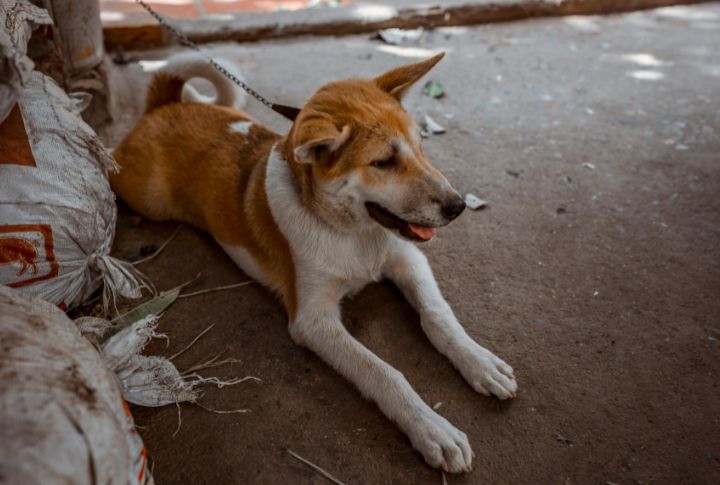
You can tell how well a dog’s family is looking after it by where it lives. It’s abuse to keep a dog in a dirty or unsafe place or one without much space. Denying them necessities such as food and water or keeping them exposed to harsh weather counts as abuse, too.
Prevention
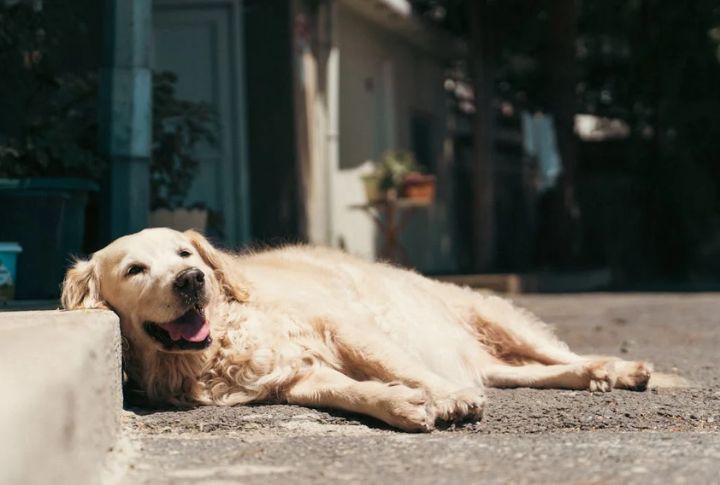
Now that you have learned some ways to tell when a dog is being abused, what can you do about it? There are a myriad of steps you can take, but we have written seven that we believe can change how pets are treated in your area.
Treat Your Pet Well
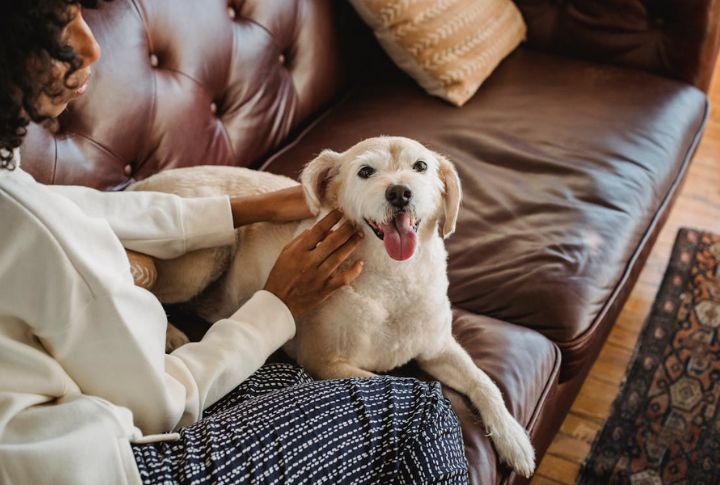
It all begins with your pet, which is primarily your responsibility. Before you can ensure other pets are treated well, your pet should be living that life. You can set a good example for others to follow, and your actions can make them see what they’re doing wrong.
Educate Others
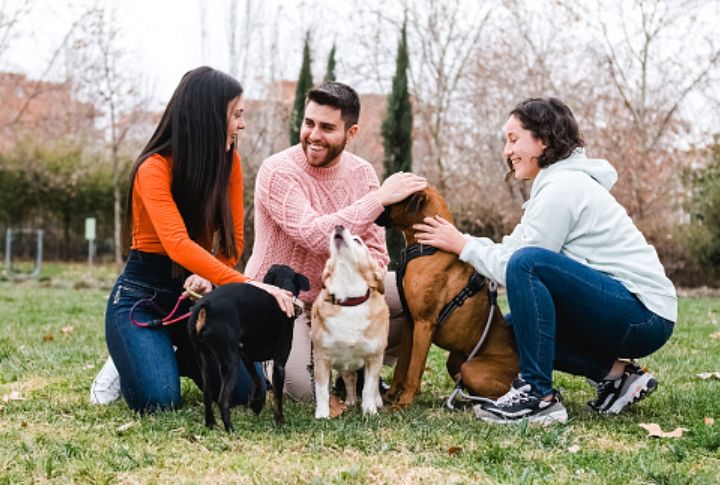
Share what you know about dog abuse with others by finding a way to introduce it to your conversations with people online or offline. Host workshops for pet owners and use your social media handles to share information about it. Some persons may not even be aware they’re being abusive until you teach them.
Report Suspected Abuse
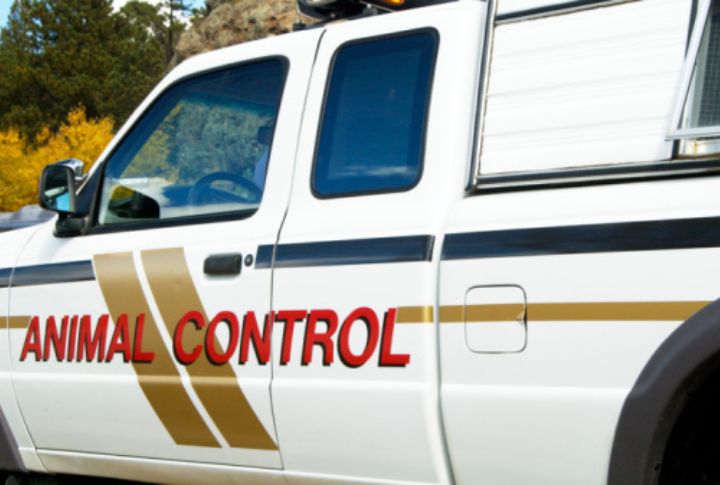
Do you think a dog is being abused? Don’t keep it to yourself. Call local authorities, like animal control or the police. Remember to report quickly, or it may be too late when you finally decide to do it. If there is a reasonable cause for doubt, report it and have the authorities check out the scene.
Support Legislation

Push for stronger laws that protect dogs from abuse and neglect. You can contact your local representatives to show support for or propose legislation that increases penalties for animal cruelty and mandates better living conditions for dogs. When these laws are in place, there will be fewer cases of abuse.
Assist Pet Owners
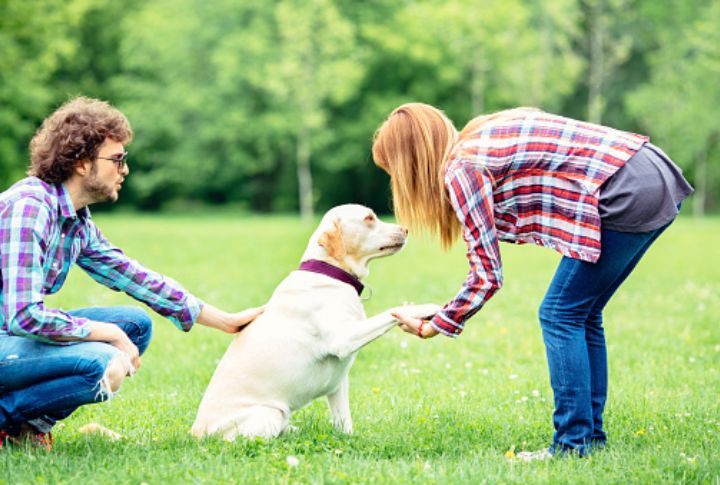
Sometimes, pet parents don’t provide for their pets due to a lack of resources, but if you can assist them, the pets will enjoy better care. You can talk with them and see what areas they need assistance in so you can know how best to intervene.
Intervene On-Site
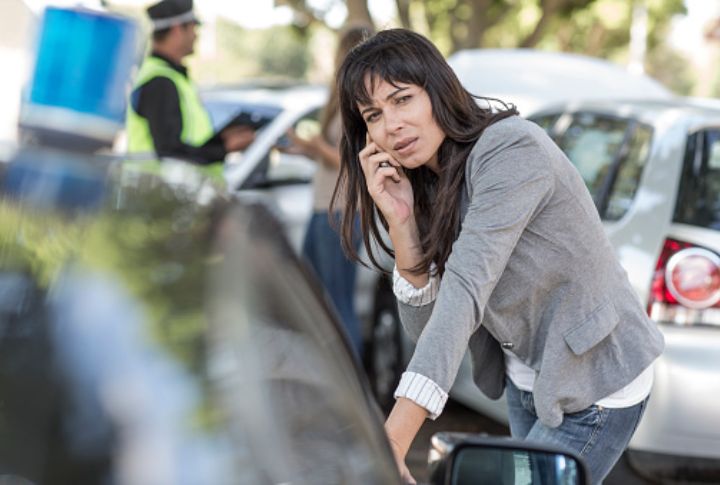
We’re not asking you to meddle in people’s lives, but if someone is cruel to a dog and you can do something immediately to end it, please do. However, do not get involved if you sense you could be in danger; instead, contact local authorities.
Create a Community Watch Program

You can’t do it all alone, so work with your neighbors who care about dogs to establish a community watch program that focuses on preventing animal abuse. Watch for pets around you, especially those outdoors, and report concerns. This vigilance will deter abusers from continuing.





